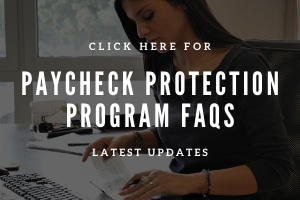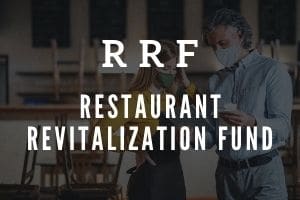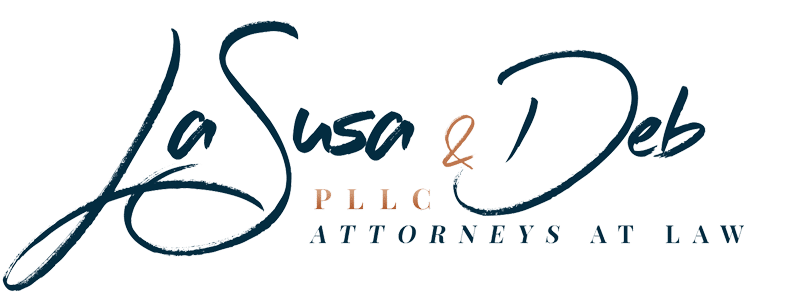Are you getting billed for an SBA loan that you didn’t apply for?
This means that someone else may have fraudulently applied for an SBA loan in your name or the name of your business. Please consult the SBA guidance on reporting fraud below. Do not assume that the bill, notice, or request from the SBA is junk mail or spam. Don’t respond to it directly. Instead, directly contact the SBA. Unlike many other federal agencies, the SBA does sometimes communicate by email. If you are not sure if the email is from the SBA or not do not risk responding to the email. Instead, call the SBA to verify.
SBA and Identify Theft
The SBA’s Office of Disaster Assistance (ODA) has set up several pandemic relief programs for businesses including the EIDL loan program, the EIDL grant program, the PPP loans, the SVOG grants, and the RRF grants. All of these programs are designed to provide low-interest loans and grants as part of the federal government’s pandemic relief program. Many criminals have seized upon the quick rollout of the programs to steal identities and commit fraud by applying for loans and grants in other people’s names. Now those loans are starting to be sent to services and many are getting bills, invoices, and requests for documentation even though they never applied.
If you or your business receives a bill, notice, or request for an SBA EIDL loan, PPP loan, or SBA grant that you don’t owe:
- Report the problem right immediately to the SBA’s Office of Disaster Assistance. For more information on how to report click on this Guidance on what to do.
- You may continue to get correspondence from the SBA on this loan or grant while they process your reported identity theft/fraud. Do not throw these away. Keep records including these invoices until the SBA has reviewed and processed your identity theft report.
If you encounter other issues and problems because of the misuse of your personal information:
- Go to IdentityTheft.gov/steps, for steps on placing a free, one-year fraud alert on your credit. The link will also show you to check free credit reports for additional accounts that might have been fraudulently opened in your name and how to close those fraudulent accounts. Lastly, it will walk you through setting up a free extended fraud alert or credit freeze.
- Then also report the instance on IdentityTheft.gov. The link will also show you how to get an Identity Theft Report. You can use this report to clear false information reported on your credit. It is important to periodically check your credit for future fraudulent activity as individuals may continue to attempt to use your data. Once a year you can go to annualcreditreport.com to check your credit for free from all three national credit agencies.





